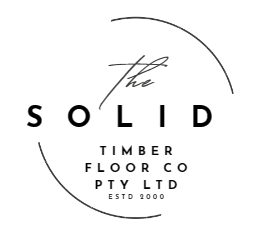Cost ofTimber Flooring
1. What is the cost of timber flooring?
The cost of timber flooring depends on the type of wood,
quality, and installation method. On average, solid timber floors range from
$50 to $150 per square meter for materials, while engineered timber floors may
range from $40 to $100 per square meter. Installation costs typically add $30
to $50 per square meter. To estimate your total expense, calculate the flooring
area and consider additional costs like underlay, finishing, and preparation.
2. What factors influence the cost of timber flooring?
Costs vary based on factors like timber species, grade, and
whether the flooring is solid or engineered. High-end woods like oak and teak
are more expensive, while softwoods like pine are more affordable. Installation
methods (e.g., floating vs. nailed), the complexity of the room layout, and the
need for subfloor preparation also affect pricing. Requesting quotes from
multiple contractors can help you find a solution that fits your budget.
3. What is the difference between solid timber and engineered wood flooring?
Solid timber flooring is made from a single piece of wood,
offering durability and the ability to be sanded and refinished multiple times.
Engineered timber consists of a hardwood veneer over a plywood base, making it
more stable in varying humidity conditions and often more affordable. Choosing
between them depends on your budget, maintenance preferences, and the
environment where the floor will be installed.
4. Is solid wood flooring worth the investment?
Solid wood flooring can be a worthwhile investment due to
its durability, natural beauty, and potential to increase property value. It is
ideal for those who plan to live in their home long-term or seek a high-end
finish. However, its higher cost and susceptibility to moisture make it less
suitable for some environments. Consider engineered wood or laminate if budget
or humidity is a concern.
5. How can you decide on the right timber flooring foryour needs?
Choosing the right timber flooring involves balancing
aesthetics, durability, and budget. Determine the traffic level in your space
and the level of maintenance you're willing to perform. For high-moisture areas
like kitchens or basements, engineered wood is often a better option. Solid
wood suits drier, low-traffic spaces where its longevity and refinishing
options shine. Consulting a flooring professional can help ensure the best
choice for your home.
